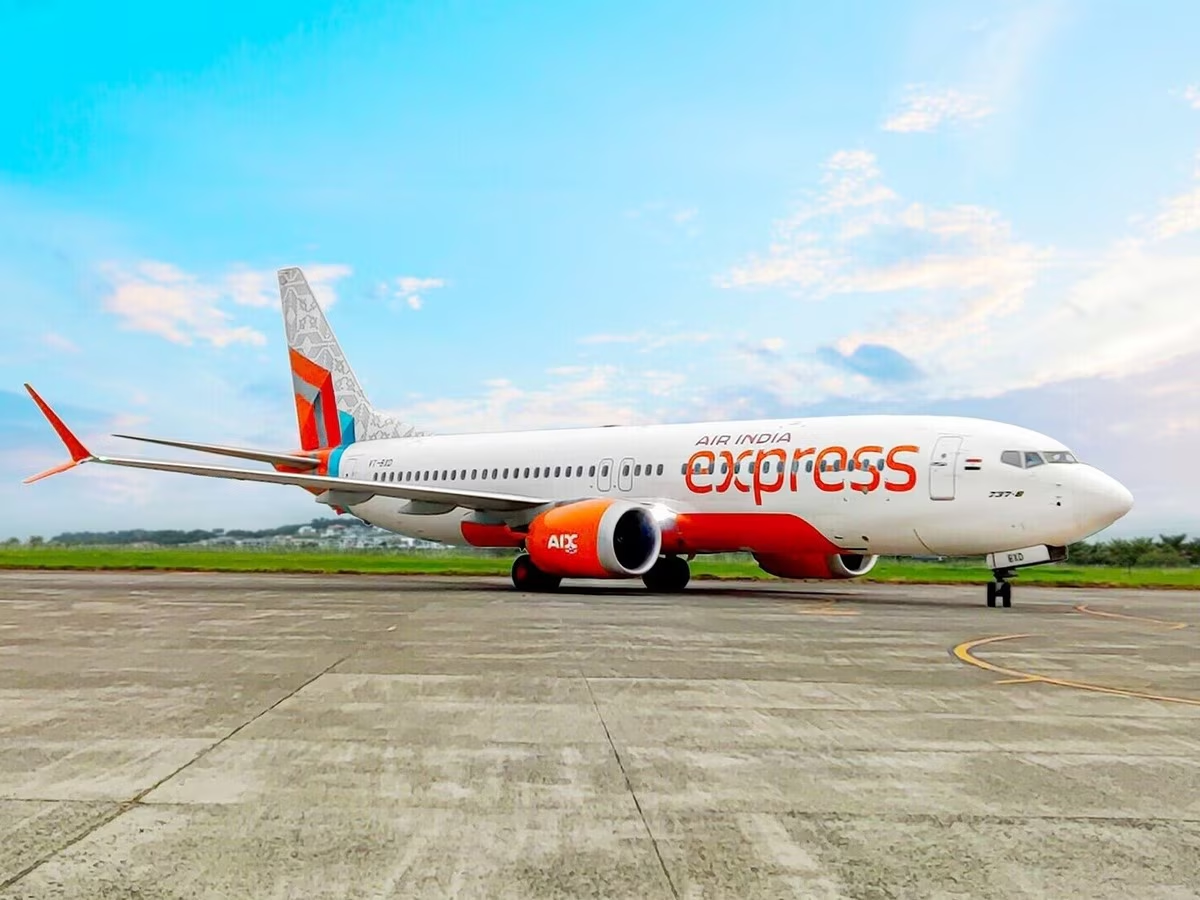Hyderabad, July 19, 2025 – In a dramatic turn of events that unfolded over just 16 minutes, Air India Express flight IX110 bound for Phuket, Thailand, was forced to make an emergency return to Hyderabad’s Rajiv Gandhi International Airport this morning following a technical malfunction shortly after takeoff.
The Incident Timeline
The Boeing 737 Max 8 aircraft (registration VT-BWA) departed Hyderabad at approximately 6:40 AM, running about 20 minutes behind its scheduled departure time of 6:20 AM. What should have been a routine international flight to the popular Thai destination quickly transformed into an emergency situation when technical issues manifested just minutes into the journey.
The flight crew, demonstrating exceptional professionalism and adherence to safety protocols, identified the technical problem within 16 minutes of takeoff and immediately initiated emergency procedures. By 6:57 AM, the aircraft had safely touched down back at Hyderabad airport, completing one of the shortest international flight attempts on record.
Technical Malfunction Details
While aviation authorities and Air India Express officials have not disclosed the specific nature of the technical snag, sources within the aviation industry confirmed that the flight crew acted with remarkable promptness upon detecting the issue. The decision to abort the mission and return to the departure airport reflects the airline industry’s unwavering commitment to passenger safety over schedule adherence.
The original flight plan had the aircraft scheduled to arrive in Phuket at 11:45 AM local time, but the crew’s swift decision-making prevented what could have potentially escalated into a more serious situation had they continued the journey.
Safety Response and Passenger Welfare
All passengers and crew members aboard the flight landed safely with no reported injuries. Air India Express immediately activated its passenger assistance protocols, with the airline issuing an apology for the inconvenience and working to accommodate affected travelers.
The airline’s official statement emphasized their primary commitment to passenger safety: “Please note that the delay was due to technical reasons, as ensuring our guest’s safety remains our top priority. We are working on resolving the issue and are currently awaiting the updated ETD.”
Broader Aviation Context
This incident occurs within a challenging period for Air India Express, as reports indicate that a similar technical glitch simultaneously grounded another Air India Express flight on the same day – a Jaipur to Dubai service. This pattern raises questions about the airline’s maintenance protocols and fleet management, particularly given the recent expansion of operations.
The Hyderabad-Phuket route represents a relatively new addition to Air India Express’s network, having commenced operations in early 2025 as part of the airline’s strategic expansion into Southeast Asian markets. This direct connection was designed to cater to India’s growing appetite for international leisure travel, making Phuket more accessible to travelers from Telangana and surrounding regions.
Aviation Safety Standards in Focus
The incident highlights the robust safety culture within Indian aviation, where crew training emphasizes immediate response to any technical anomaly. Modern aircraft like the Boeing 737 Max 8 are equipped with sophisticated diagnostic systems that alert crews to potential issues, enabling rapid decision-making in critical situations.
The 16-minute duration from takeoff to emergency landing demonstrates the effectiveness of standard operating procedures that prioritize immediate return to the departure airport when technical issues arise during the initial climb phase.
Industry Response and Investigation
While no formal investigation has been announced, such incidents typically trigger comprehensive technical reviews by both the airline’s maintenance teams and aviation regulatory authorities. The Directorate General of Civil Aviation (DGCA) maintains strict oversight of all emergency landings and technical failures affecting commercial flights.
The prompt and professional handling of this emergency reinforces confidence in India’s aviation safety standards, even as it raises questions about preventive maintenance protocols that might have detected the technical issue before takeoff.
Passenger Impact and Resolution
For the affected passengers, what began as an anticipated vacation or business trip to Thailand’s premier beach destination became an unexpected demonstration of aviation safety protocols in action. While the inconvenience is undeniable, the swift resolution prevented what could have been a far more serious situation had the technical problem manifested later in the flight over international waters.
Air India Express is reportedly working on alternative arrangements for passengers, though specific details about rebooking or compensation have not been disclosed.
Conclusion
Flight IX110’s emergency return to Hyderabad serves as a reminder that in commercial aviation, no schedule is more important than passenger safety. The crew’s decisive action and the successful emergency landing demonstrate the effectiveness of training protocols and safety systems that form the backbone of modern aviation.
As Air India Express investigates the technical failure and works to restore normal operations on the Hyderabad-Phuket route, this incident will likely become a case study in proper emergency response procedures and the critical importance of putting passenger welfare above all other considerations.
The aviation industry’s commitment to continuous improvement means that lessons learned from such incidents contribute to enhanced safety measures that benefit all air travelers. While passengers faced disruption to their travel plans, the primary outcome remains the most important one: everyone aboard flight IX110 returned safely to the ground, thanks to the swift action of a well-trained crew and the robust safety protocols that govern modern aviation.




